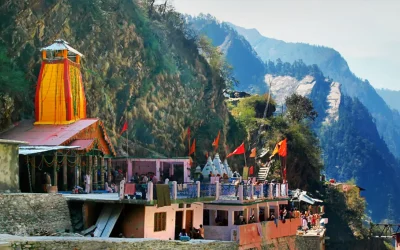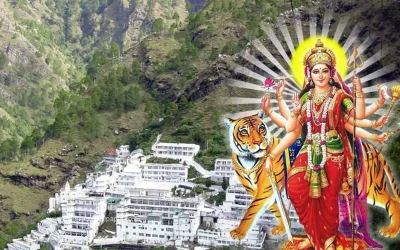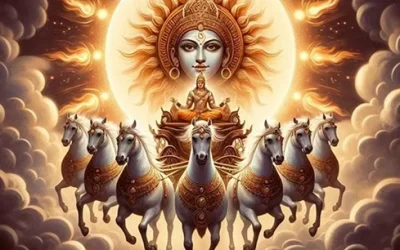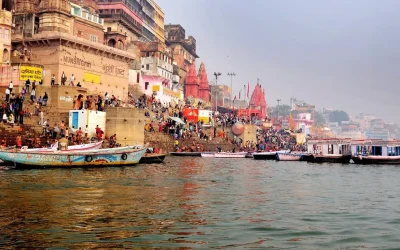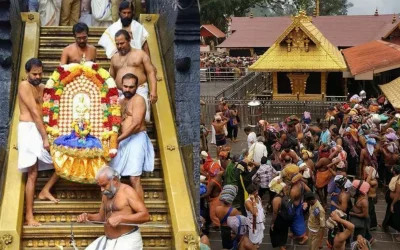History of Somnath Temple
Nestled on the western coast of Gujarat, India lies a sanctuary of spirituality and history—the illustrious Somnath Temple. Revered as one of the twelve Jyotirlingas (lingams of light), it holds profound significance in Hindu mythology and pilgrimage. This blog aims to delve into its history, significance, architectural marvels, rituals, and enduring legacy through the ages.
Historical Origins and Legends
The history of Somnath Temple is as ancient as it is illustrious, tracing its roots back to the times of the Puranas and beyond. Legend has it that the Moon God, Soma, built the original temple in gold. Over time, it was reconstructed in various forms due to invasions and natural calamities, each rebuilding symbolizing resilience and devotion to the Hindu faith.
One of the most poignant stories associated with Somnath is its repeated destruction and reconstruction by foreign invaders. The temple was famously sacked by Mahmud of Ghazni in 1026 CE, sparking a wave of invasions that targeted its wealth and spiritual significance. Despite these turbulent times, the temple endured, standing as a testament to the unwavering faith of its devotees.
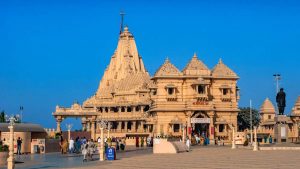
Architectural Marvels
The architecture of Somnath Temple blends various influences across different eras. The current structure, reconstructed in 1951 under the patronage of Sardar Vallabhbhai Patel, follows the Chalukya style of temple architecture. It boasts intricate carvings, towering spires, and a serene sanctum housing the sacred lingam, representing the cosmic pillar of light.
The temple complex is a sprawling expanse of spirituality and history, adorned with smaller shrines dedicated to various deities of the Hindu pantheon. Its serene surroundings, overlooking the Arabian Sea, add to the mystical allure of this sacred site.
Spiritual Significance and Pilgrimage
Somnath Temple holds immense spiritual significance for Hindus worldwide. As one of the twelve Jyotirlingas, it is believed to be a site where Lord Shiva manifested himself as a column of light, symbolizing his eternal presence and cosmic power. Pilgrims flock to Somnath from all corners of the globe, seeking blessings and spiritual fulfilment.
The temple is also a hub of yearly religious activities and festivals. Maha Shivaratri, Kartik Purnima, and Shravan Maas are particularly auspicious times when devotees undertake rigorous rituals and prayers to seek divine grace.
Rituals and Practices
Daily rituals at Somnath Temple are meticulously performed by a dedicated team of priests who adhere to age-old traditions and scriptures. The day begins with the Mangala Aarti, invoking the blessings of the divine at sunrise. As the day progresses, various rituals such as Abhishekam (ritual bathing of the lingam), Bhog (offering of food), and evening Aarti (prayer with lamps) are conducted with utmost devotion.
Devotees participate in these rituals fervently, offering prayers and donations in the hope of spiritual elevation and divine blessings. The atmosphere within the temple precincts is charged with devotion and piety, creating an ambience that resonates with centuries of faith and worship.
Visitor Information and Timings
For those planning a visit to Somnath Temple, here are some essential details:
- Location: Prabhas Patan, near Veraval in Saurashtra, Gujarat, India.
- Timings: The temple is open from early morning to late evening. Specific timings may vary based on seasonal changes and festival schedules.
- Entry: Devotees are required to follow dress codes and guidelines for temple visits. Photography restrictions may apply in certain areas.
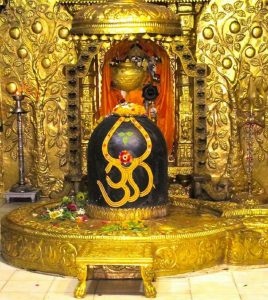
Conclusion: A Legacy of Faith and Resilience
In conclusion, the Somnath Temple is not only a physical tower but also a symbol of spiritual endurance and cultural resilience. From its legendary origins to its present-day magnificence, every stone of Somnath echoes tales of devotion, conquest, and rebirth.
As pilgrims and historians continue to unravel its mysteries and marvel at its architectural splendour, Somnath remains a beacon of hope and faith for generations to come. It is a place where time stands still, and the divine presence of Lord Shiva continues to bless and inspire all who seek solace and spiritual awakening.
Visiting Somnath Temple is not merely a journey of miles but a passage through epochs of history and faith. This journey reaffirms the timeless bond between humanity and the divine.
So, whether you embark on this pilgrimage for spiritual renewal, cultural exploration, or historical enlightenment, Somnath Temple promises an experience that transcends time and touches the soul.
In the words of the ancient scriptures, “Om Namah Shivaya,” — may the eternal light of Lord Shiva illuminate our paths and bring peace to all.

